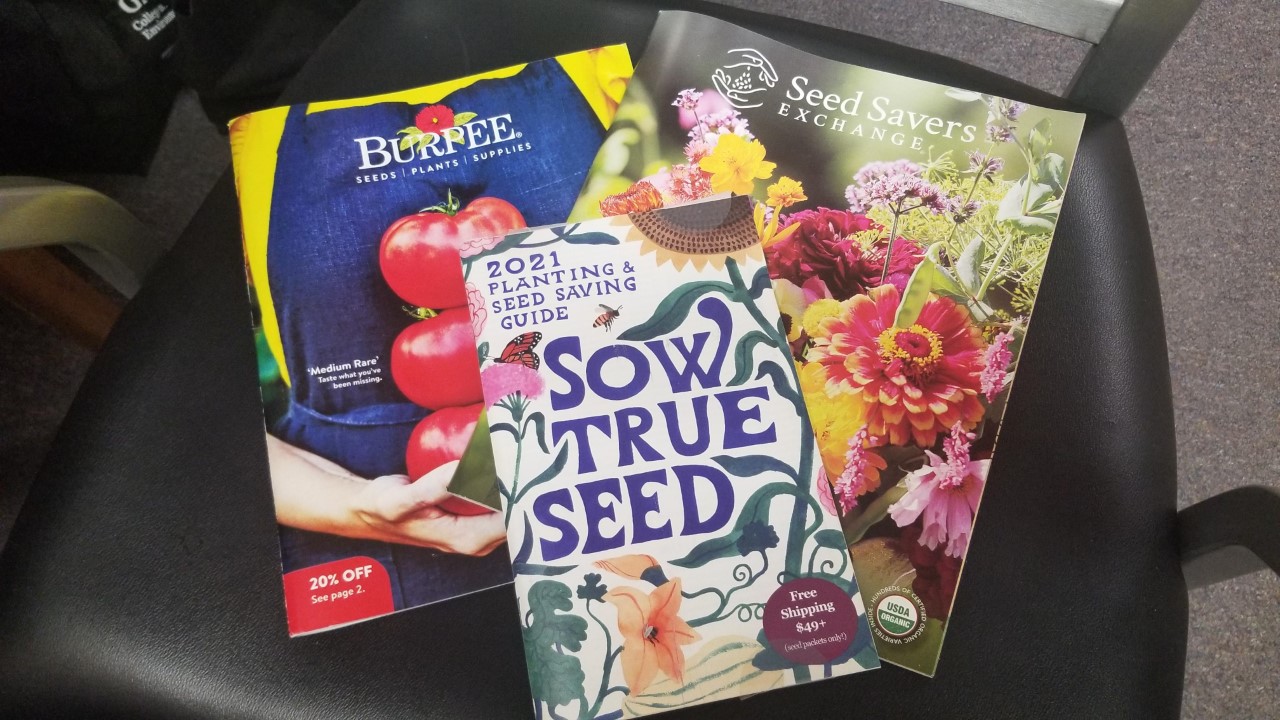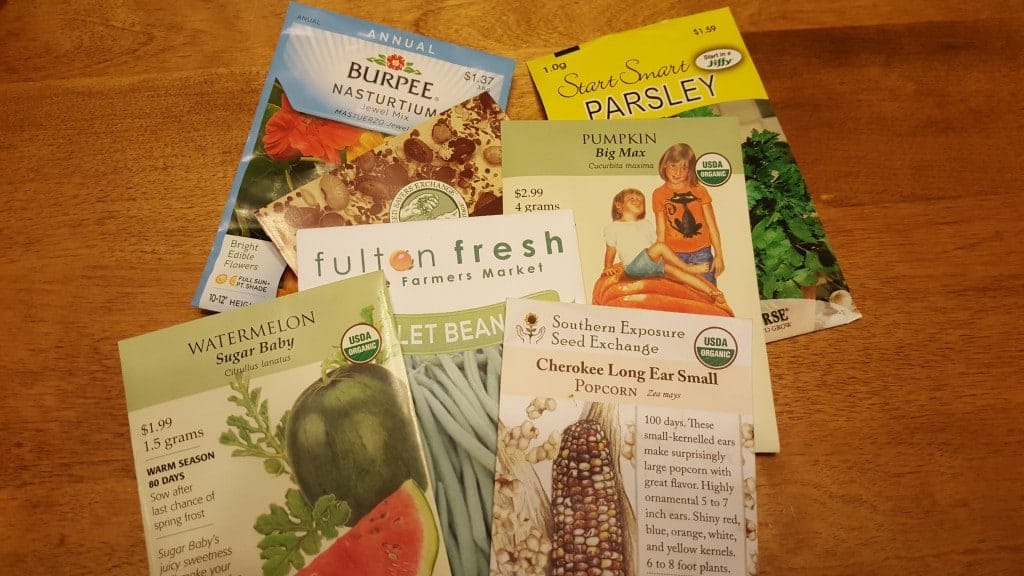The seed catalogs keep arriving. In my household that is cause for excitement. I save them until I have time to properly enjoy looking through them. What do you do with your seed catalogs after you have looked through them and placed your orders? If you throw them into the recycling bin you are missing out as these gems are full of useful information.
If you are a school gardener, or a community gardener that works with youth, the seed catalogs can be used throughout the year! To start with you can laminate the beautiful photos to use as plant markers.
You can use the information provided in the catalog for lessons:
Seed spacing guides can be used for students to create a garden bed design.
Days to harvest information can be used for students to determine the planting dates of their garden design so that all the produce is ready at the same time.
Seed package cost can be used to calculate the total cost of the garden design.
All of this information can be used to determine how much produce can be grown per square foot (inch, meter).
Marketing plans can be created to sell resulting produce at a Farmers Market. How much money can be made given the input costs?
Aspiring artists can design artistic seed packets using the information given.
English classes can pick vegetables and re-write the plant descriptions.
Of couse, students can look through the catalog and pick a vegetable they have never tried before and make a plan to grow it.
Happy browsing!

